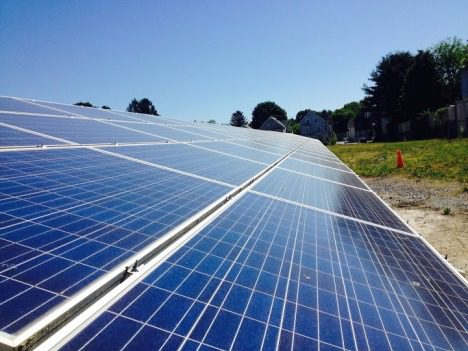
California utilities agree to move beyond 15% penetration limit for DG
The Clean Coalition was a leading participant in the settlement negotiations and sees the outcome as an important incremental victory on the road to far greater interconnection reform.
Advocates of clean local energy in California scored a regulatory victory earlier this month as the state’s IOUs agreed to a proposed settlement with the Clean Coalition and other parties to move beyond the existing 15% penetration limit for Distributed Generation (DG).
The proposed settlement would Fast Track interconnection of DG projects up to 100% of coincidental minimum load, and this new standard will result in as much as a threefold increase in the level of DG penetration allowed in Fast Track. Under the previous arbitrary 15% peak load limit, DG projects only generating 30-50% of coincidental minimum load were eligible for Fast Track. The CPUC is expected to approve the settlement by mid-summer
In addition to raising the DG limit, the settlement also contains a number of other provisions that support increased generation of clean local energy in California. First, the state’s utilities will now offer project developers a report regarding the interconnection potential of a specific location before the developer submits an interconnection application. Second, facilities up to 3 MW will now be able to apply under Fast Track automatic approval screening processes, including a Supplemental Review option, designed to resolve issues arising from the screening process that may be addressed without full system impact modeling studies. Clear timelines have also been adopted for these processes. The Fast Track process will be completed within three weeks, and the Supplemental Review process will be completed within one month.
Despite these gains, challenges still persist. In particular, more work is needed to enable project developers to accurately determine interconnection costs and liabilities early in the planning process. For example, all parties agree that providing clear cost certainty is a high priority, and the Settlement requests that the Commission immediately address the cost certainty issue through a public proceeding.
The Clean Coalition was a leading participant in the settlement negotiations and sees the outcome as an important incremental victory on the road to far greater interconnection reform. Now, the Clean Coalition is supporting a petition at the Federal Energy Regulatory Commission to adopt some of these improvements in national standards. Resolving the remaining issues will continue to be a major focus for the Clean Coalition until efficient and predictable interconnection processes are fully implemented at both the state and federal jurisdictional levels.

